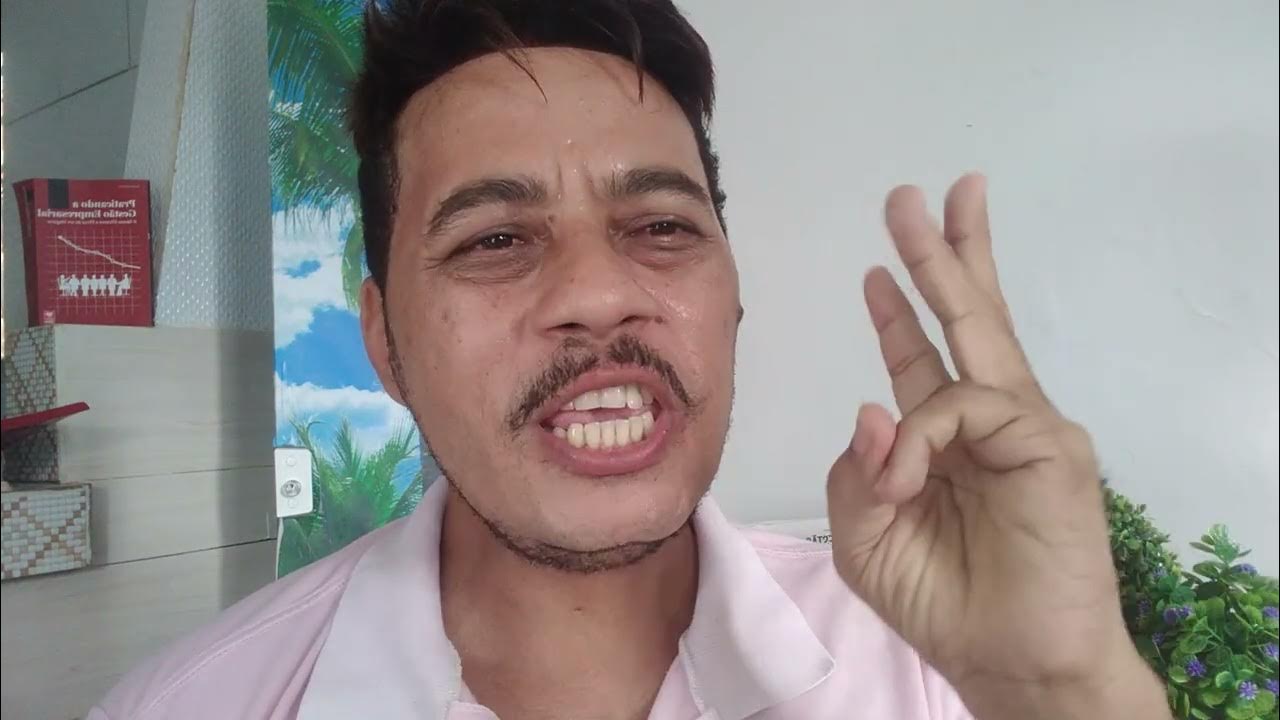Verbal communication vs non-verbal communication
Summary
TLDRThis video explores the two main types of communication: verbal and non-verbal. Verbal communication involves the use of spoken words to exchange information, while non-verbal communication relies on body language, gestures, and tone of voice. Both types are essential in conveying complete messages, with non-verbal cues often enhancing verbal communication. The video highlights real-world examples, discusses their interplay, and examines the challenges posed by digital communication, especially in conveying non-verbal signals. Understanding both types helps improve communication and strengthen relationships in both personal and professional settings.
Takeaways
- 😀 Communication is vital in our daily lives as it helps us express thoughts, ideas, and emotions.
- 😀 Verbal communication involves spoken words to share information, emotions, and thoughts.
- 😀 Non-verbal communication uses body language, gestures, facial expressions, and tone of voice to convey messages.
- 😀 Both verbal and non-verbal communication work together to create a complete message.
- 😀 Non-verbal cues help clarify the tone and intention behind someone's words.
- 😀 Verbal communication is crucial in negotiations, where clarity and explicit language are necessary.
- 😀 Non-verbal communication is vital in interpersonal interactions, where emotional cues are key.
- 😀 Examples of verbal communication include face-to-face conversations, speeches, and telephone calls.
- 😀 Examples of non-verbal communication include nodding, smiling, gestures, and facial expressions.
- 😀 Technology has made it harder to convey non-verbal cues, especially in text-based communication.
Q & A
What are the two main types of communication discussed in the video?
-The two main types of communication discussed in the video are verbal communication and non-verbal communication.
What is verbal communication?
-Verbal communication is the use of speech or spoken words to exchange information, emotions, and thoughts.
Can you provide examples of verbal communication?
-Examples of verbal communication include face-to-face conversations, giving speeches, telephonic conversations, sending voice notes, conducting interviews, and group discussions in the workplace.
What is non-verbal communication?
-Non-verbal communication is the use of body language, gestures, facial expressions, and tone of voice to convey a message without using words.
What are some examples of non-verbal communication?
-Examples of non-verbal communication include nodding your head in approval, showing a thumbs-up sign, smiling, offering a confident handshake, giving a hug to show affection, and raising your voice when angry.
Why is non-verbal communication important?
-Non-verbal communication is important because it can convey feelings, emotions, and attitudes without words and can also clarify the tone and intention behind someone's spoken message.
How do verbal and non-verbal communication work together?
-Verbal and non-verbal communication often work together to create a complete message. Non-verbal cues help to understand the tone and intention of the words, while verbal communication provides clarity and context.
In which situations is non-verbal communication more important than verbal communication?
-Non-verbal communication can be more effective in situations where emotional cues matter, such as comforting a loved one, expressing empathy, or showing respect. It is also more reliable when body language contradicts spoken words.
What is the role of verbal communication in negotiations?
-In negotiations, verbal communication is essential because clear and explicit language is critical for avoiding misunderstandings and ensuring both parties understand the terms.
How has technology impacted the communication of non-verbal cues?
-Technology has made it more challenging to convey non-verbal cues, especially in text-based communication where tone of voice and facial expressions are absent. This can lead to misunderstandings and requires careful attention to the limitations of digital communication.
Outlines

Cette section est réservée aux utilisateurs payants. Améliorez votre compte pour accéder à cette section.
Améliorer maintenantMindmap

Cette section est réservée aux utilisateurs payants. Améliorez votre compte pour accéder à cette section.
Améliorer maintenantKeywords

Cette section est réservée aux utilisateurs payants. Améliorez votre compte pour accéder à cette section.
Améliorer maintenantHighlights

Cette section est réservée aux utilisateurs payants. Améliorez votre compte pour accéder à cette section.
Améliorer maintenantTranscripts

Cette section est réservée aux utilisateurs payants. Améliorez votre compte pour accéder à cette section.
Améliorer maintenantVoir Plus de Vidéos Connexes

COMO IDENTIFICAR E APLICAR OS TIPOS DE COMUNICAÇÃO CURSO GRÁTIS ADMINISTRAÇÃO/Tipos de Comunicação )

The Nature of Communication

Non-verbal Communication, it's types, & Importance #education

CROSS CULTURAL UNDERSTANDING_GROUP VIRGO

La comunicazione: verbale, non verbale e paraverbale

Lesson 4: Verbal and Nonverbal Communication | Oral Communication in Context
5.0 / 5 (0 votes)
